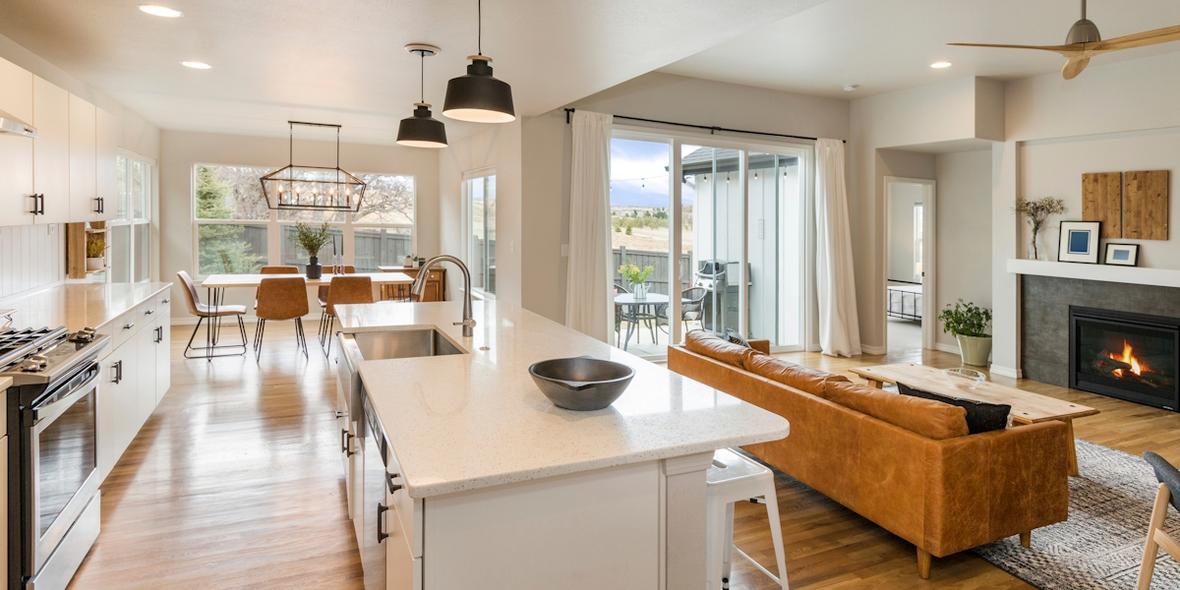12. Jan 2024
3 tips to expand your smart home technology

Many homeowners live with the same smart home setup they started their automation journey with. A-okay if you’re happy and don’t want any adjustments. For those who want to try out improved technologies and are open to new possibilities, we listed 3 ways you can expand your current smart home setup to fit your needs even better than before.
Consider creating zones and grouping devices
Homeowners with a KNX system already have an ecosystem where all devices are interconnected with one another through decentralization. As a result, those devices can be controlled from a central control panel or a smart speaker. Highly convenient, but you can take it even further. The first step is to create zones. A zone is a selection of devices in the same room or in near proximity, like a living room or a hallway. Next step is to make groups per device type, for instance smart lighting. By grouping all light bulbs and lamps in a specific zone or room, you’re allowing yourself to adjust lighting settings with a single touch or command.
Best practice is to create a zone per room and group recurrent smart devices, like lighting and HVAC devices.
Identify and activate scenes
Where zoning allows you to assign smart devices to specific places and grouping helps you to categorize device types in those zones - scenes empower you to activate several device types across different rooms. On what occasion you might want to need such a feature you may wonder? Well, in the following cases a scene might come in very handy and save you time:
- Leaving home scene - Activating this scene triggers actions when leaving home, including turning off lights, adjusting the thermostat to an energy-saving mode, locking doors, and arming the security system.
- Good morning and night scenes - These scenes will either initiate or deactivate devices. The morning scene will turn on the lights but deactivate the security system, while lights are switched off and security measurements are put in action during a night scene.
- Other options: a movie scene to turn your living room into a home cinema, a working scene to optimize your home office for productivity…
Find and resolve blind spots
A smart home setup is rarely perfect from the very beginning. Every automation project is unique. While one home might have challenging connectivity issues due to heavy walls, another household may experience issues due to a necessary update. Homeowners often find a workaround by, for example, limiting the usage of smart devices in a certain room due to a bad WiFi connection. This, however, goes against the convenience a smart home has to offer.
We, therefore, suggest that you once a year take time to analyze your home experience. What’s functioning well? What isn’t? What are little things that are a little frustrating? The problem could be easily resolved. Once you’ve made a list, contact your installer.
Highlights
-
 Press
PressETS6 Roadshow 2025 marks global success, showcases power of ETS6.3
ETS6 takes center stage during the month of May with 24 roadshow stops all over the world. -
 News
NewsThe KNX Journal 2025 is now available
The latest edition of our annual smart home and building solutions magazine has arrived. The KNX Journal 2025 offers ... -
 KNXtoday
KNXtoday#KNXis35: KNX history and evolution
KNX is 35. This worldwide building control standard, initiated by a handful of visionary European manufacturers, now has ...


